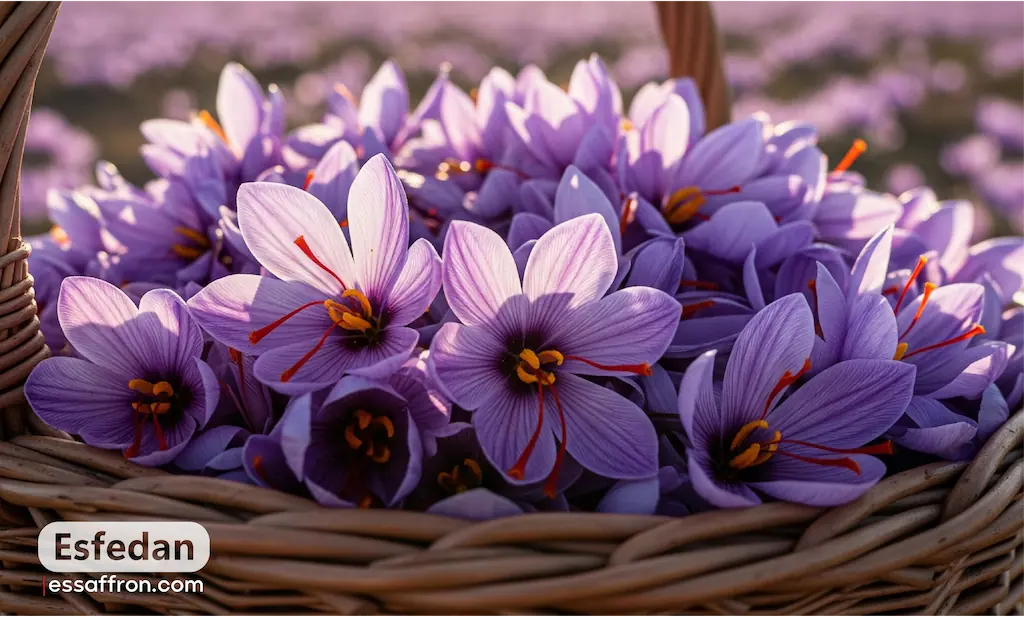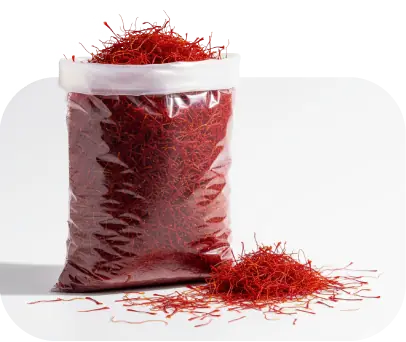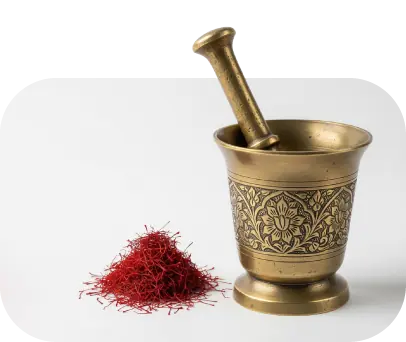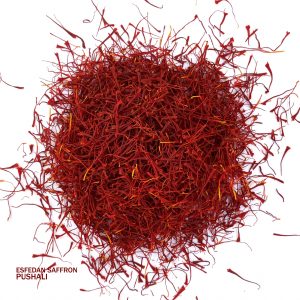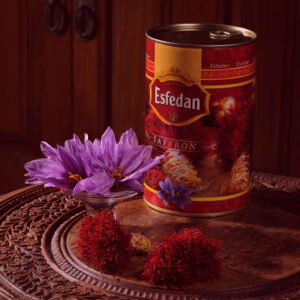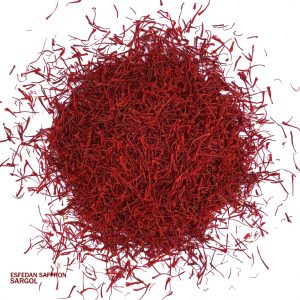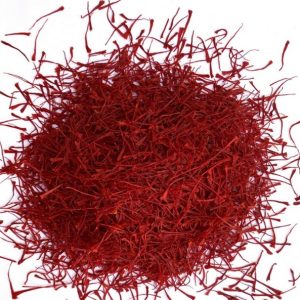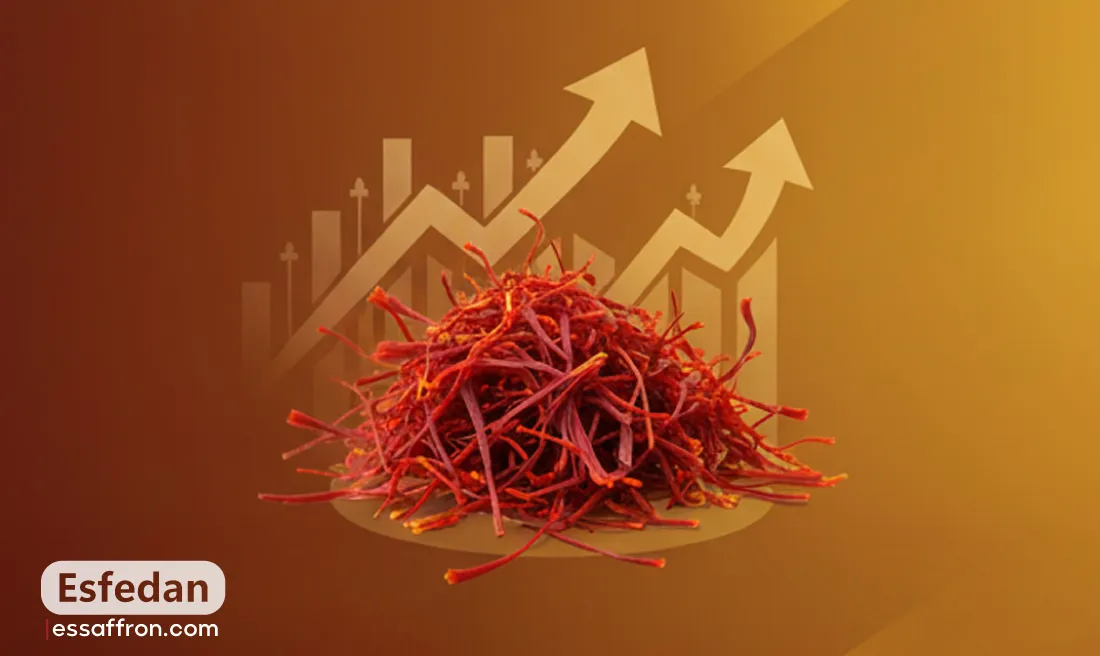With wholesale saffron prices reaching up to $5,000 per pound, it holds its title as the world’s most valuable spice by a wide margin. This remarkable price point raises a critical question for entrepreneurs and growers alike: Is growing saffron profitable enough to be considered a serious saffron business?
While the potential for high returns is significant, a healthy saffron farming profit is not guaranteed. Success hinges on a clear understanding of the entire financial picture, from the initial investment in quality corms to knowing exactly how much you can sell saffron for in various markets.
This guide provides a data-driven analysis for August 2025, moving past the hype to give you the realistic numbers and steps involved. We’ll explore everything from yield per acre to market strategies, helping you determine if investing in saffron farming is the right move for your goals.
Can you make money growing saffron?
The direct answer is yes, a well-managed saffron farm can be highly profitable. The extraordinary value of saffron, with retail prices often climbing above $10 per gram, creates a significant opportunity for growers. This isn’t just a hobby; it’s a viable agricultural saffron business for those willing to put in the work.
However, the profitability hinges on one critical factor: labor. The high price is a direct result of the intensive, manual labor required for harvesting thousands of delicate stigmas by hand. Therefore, your success and profit margin will directly depend on managing this process efficiently and having a solid plan for selling saffron to the right market. But what do these high prices mean in terms of actual net profit? To understand that, we need to move beyond the overview and break down the specific costs and potential earnings.
Breakdown of Costs and Earnings of Saffron Profit
To truly understand if a saffron business is profitable, you need to analyze it like any other venture: by looking at the investment, the expected return, and the market value. Here is a realistic, in-depth breakdown of the financial journey from corn to cash, designed to give you a clear picture for August 2025.
What is the True Initial Investment for a Profitable Saffron Farm?
Your journey to profitability begins with a crucial upfront cost: the saffron corms (Crocus sativus bulbs). Unlike many other crops, your success for the next 3-5 years is directly tied to the quality of the corms you purchase today. This is not just a cost; it’s the foundational investment in your entire saffron business.

Why Corm Quality is a Non-Negotiable Investment:
- Direct Impact on First-Year Yield: High-quality, larger corms can produce multiple flowers in the very first season, accelerating your path to profitability. Cheaper, smaller corms may only produce one flower or none at all.
- Long-Term Asset Growth: Healthy corms multiply robustly underground each year. Think of it as an asset that grows on its own, increasing your potential harvest without new investment.
- Risk Mitigation: Corms from reputable agricultural suppliers (like those vetted by university extensions) are typically disease-free, protecting your farm from catastrophic failure.
Budgeting for Your Corms (Figures for August 2025): Expect to pay between $0.25 $1.50 per corm. For a small-scale, serious farm, an initial investment of 5,000 corms could range from $1,250 to $7,500. (Data based on market analysis from major US and European agricultural suppliers).
How Much Saffron Can You Realistically Harvest?
Your revenue is directly tied to your harvest yield. It’s essential to have realistic expectations. The magic of saffron profitability lies in the multiplication factor over time.
The Power of Multiplication: A 4-Year Outlook Let’s see how an initial planting of 1,000 corms can grow:
Year Approx. Flowers Harvested Approx. Dried Saffron (grams) Key Insight Year 1 ~1,500 ~8.5 g A modest start. Year 2 ~3,500 ~20 g Yield has more than doubled. Year 3 ~7,000 ~40 g The farm is becoming productive. Year 4 ~12,000 ~68 g Exponential growth before corms need dividing. To put this in perspective, top-tier commercial farms report a saffron yield per acre of 1 to 4 pounds annually. (Source: University of Vermont Saffron Research). This requires hundreds of thousands of corms but shows the potential at scale.
What is Your Harvested Saffron Actually Worth?
Once you have your precious dried stigmas, how much can you sell them for? The answer depends on your customer The Two Main Markets:
- Wholesale: Selling in bulk (pounds or kilograms) to distributors or spice companies. This is a lower-effort sales channel, with prices for high-grade saffron ranging from $1,500 to $4,000 per pound.
- Retail: Selling directly to consumers in small quantities (grams). This requires marketing (online store, farmers’ markets) but commands the highest prices: $10 to $20 per gram, which is equivalent to $5,000 to $10,000 per pound.
For maximum saffron farming profit, a direct-to-consumer retail strategy is often the most lucrative.
How to Grow Saffron for Profit?
Growing saffron is one thing; growing saffron for profit is another. While the spice’s high market value is tempting, profitability doesn’t come from simply planting a few bulbs. It comes from a strategic, business-minded approach to cultivation where every step is optimized for maximum yield and quality. This guide moves beyond the basics and provides a practical, step-by-step framework for turning your land into a profitable saffron venture.
Your Pre-Planting Strategy for Maximum Yield
Before you even touch the soil, the decisions you make now will set the stage for your business’s success for the next five years. A smart first step is to familiarize yourself with the final product you’re aiming to create. A look at the quality standards in the market for buying saffron will show you what defines a top-grade product and why it commands the highest price.
Your Most Important Investment. To produce saffron of this caliber, it all comes down to your initial investment: the saffron corm.
Contrary to popular belief, saffron isn’t grown from seed. The quality, and especially the size, of the corms you purchase is the single most important factor for a profitable start. For a commercial, for-profit operation, you should purchase the largest corms available (ideally 10cm in circumference or larger). This is because a larger corm stores more energy, often producing 2-3 high-quality flowers in the very first year, while a small corm may only produce one, or none at all. This significantly accelerates your return on investment (ROI). Finally, be sure to purchase your corms from reputable agricultural suppliers who can guarantee they are healthy, disease-free, and the correct species (Crocus sativus).
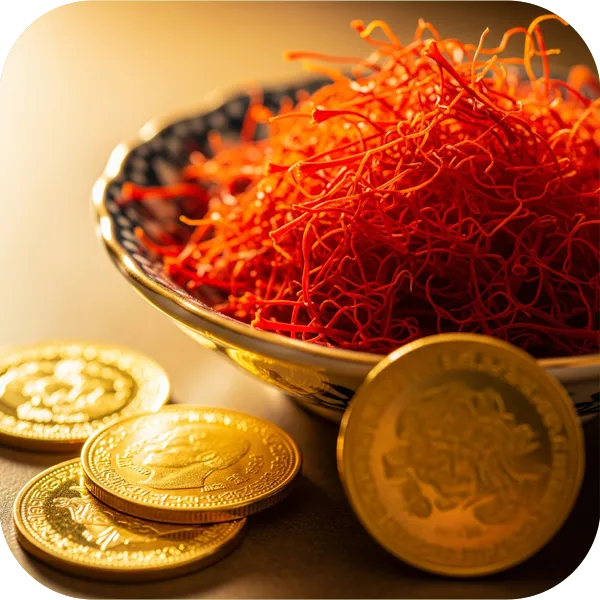
Preparing Your Land
Your land is your primary asset. Saffron is not overly demanding, but it has two non-negotiable requirements for a profitable harvest. Full sun is essential. Choose a location that receives at least 6-8 hours of direct sunlight daily during the fall and spring growing seasons. This is the ultimate profit-killer if ignored. Saffron corms will rot in waterlogged soil. The ideal soil is a sandy, loamy mix. If your soil is heavy clay, you must amend it with sand and compost or use raised beds. Good drainage ensures your corm investment multiplies underground instead of decaying. The ideal climate falls within USDA Hardiness Zones 6-9, which provides the necessary hot, dry summer for the corms’ crucial dormancy period.
From Planting to Harvesting
This is the active phase where your strategy turns into a tangible crop. Plant your corms in late summer to early fall (August-September). This gives them time to establish roots before the first frost. Plant each corm 3-4 inches (10 cm) deep with the pointed end up. Space them 4-6 inches (15 cm) apart. This spacing gives them enough room to multiply for 3-4 years before you need to dig them up and divide them, which is how you expand your farm for free. The Growth. While saffron doesn’t require constant watering or pruning, low-maintenance does not mean no-maintenance.
Your primary job during this phase is protection. Your biggest financial threat is rodents. Gophers, voles, and mice find saffron corms delicious and can wipe out your entire investment in a matter of days. Planting corms inside underground wire mesh cages is a highly recommended, one-time investment to protect your crop. Water them once after planting. After that, natural rainfall is usually sufficient. Only provide supplemental water during a prolonged autumn drought. This is where the high price of saffron comes from.
The harvest is delicate, time-sensitive, and must be done by hand. Harvest the flowers early in the morning after the dew has dried but before the sun is strong. The flowers wilt quickly, and morning harvesting protects the delicate stigmas, preserving their precious chemical compounds like crocin (color) and safranal (aroma). For efficiency, pluck the entire closed or newly opened flower from the stem in the field. Take the buckets of flowers indoors for the next, more delicate step: tweezing the three red stigmas from each flower. This is far more efficient than trying to separate the tiny stigmas in the field.
Locking in the Quality and Value of Your Crop
The final quality of your saffron, and therefore its profitability, is determined entirely by your post-harvest processing. This is the crucial stage that decides whether you produce Pushal saffron, which includes a small part of the yellow style. Sargol saffron containing pure red stigmas), or the most valuable grade, Negin saffron (known for its long, unbroken stigmas). These distinctions are created by the precision of your methods, from how the stigmas are separated to how they are dried.
more: Types of Iranian Saffron
Who Buys Saffron?
Your potential market for saffron is surprisingly diverse, ranging from individual enthusiasts to large distributors. At the top of the value chain are direct consumers—passionate home cooks, health-conscious individuals, and foodies who actively seek out high-quality, traceable saffron and are willing to pay a premium for it. Closely related are culinary professionals; building strong relationships with chefs at gourmet and high-end restaurants can create a steady stream of income, as they prioritize the potency and freshness that only a local grower can provide. As you scale, you might consider partnering with specialty food stores and delis, which offer a fantastic channel to get your branded product in front of discerning customers. Finally, for those with very large harvests, there is the wholesale market. While selling in bulk to spice distributors is often the easiest path, it offers the lowest profit margin, making it a game of volume rather than value.
How to sell saffron?
So, where do you find these buyers? For new growers, there is arguably no better starting point than a local farmers’ market. It’s the perfect stage to tell your story, let customers experience the aroma of your saffron, offer samples, and build a loyal community around your brand, all while commanding the highest retail price. As your saffron business grows, launching your own online store through a platform like Shopify can give you a global reach, although this requires a dedicated effort in digital marketing. Alternatively, you can leverage the massive, built-in audiences of third-party marketplaces like Etsy, which is popular for artisanal products. For targeting the culinary world, a more personal approach is best: create a professional sample pack and engage in direct outreach to chefs in your area. A single taste of your superior, fresh saffron can often be enough to secure a long-term, profitable partnership.
Conclusion: Is a Saffron Business Right for You?
So, after breaking down the costs, yields, and sales strategies, we come back to the main question: Is growing saffron profitable? Yes, it absolutely is, but it comes with one major condition: you must treat it like a real saffron business, not just a weekend hobby.
The potential to make money growing saffron is undeniable, and a well-managed farm can certainly see a significant saffron farming profit. However, the numbers and steps in this guide are a map to get you started. Your actual success will depend on real-world factors we can’t predict, like your local climate, the specific quality of your soil, and your hands-on dedication during the harvest. The final answer to how much you can make growing saffron will be determined in your own field.
For this reason, we highly recommend taking one final step before you invest: talk to local experts. Agricultural extension services or even experienced growers in your region can offer invaluable advice tailored to your specific environmental conditions. This is a crucial step that separates serious growers from hobbyists.
Ultimately, building a profitable saffron business is a long-term project that rewards patience and smart planning. If you are prepared for that journey, the opportunity to turn this ancient spice into a modern source of income is very real. Even if you decide to start small with just a few corms for your personal use, you’ll be taking the first step into the rewarding world of saffron.


